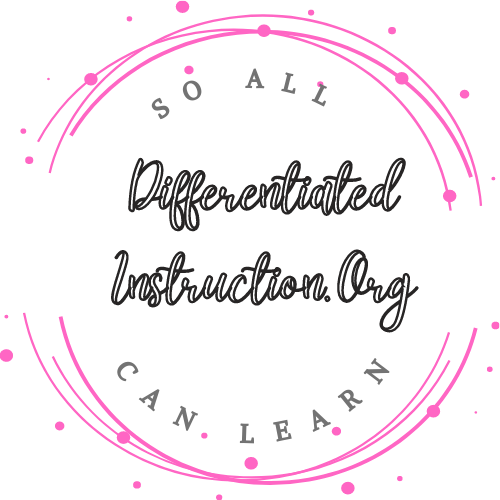We have been talking in the intervention office this year about “high rep kids.” These are students who will become fluent readers but only after doing high repetition drills (like phonics drills for letter-sound knowledge or CVC nonsense word drills for blending). There seems to be very little information about this phenomenon on the web. I looked up “Phonics High Repetition Instruction” and came upon, of all things, Hooked on Phonics and then after that the search engine returned posts on sight words.

Sight words are another topic entirely.
I read a solid blog post this week (sent to me by the constantly-reading Kim Venegas) by Tim Shanahan on the Emily Hanford phenomenon (her famous essay, Sold a Story, alleges that the knowledge to teach reading effectively is there, but for some reason we don’t use it, and in particular that textbook publishers are skewering best practices in literacy instruction in pursuit of the almighty dollar). Shanahan defended Hanford, and I agree with what he said. But he also added two things that concerned me. First of all, that he didn’t believe the textbook publishers were writing ineffective reading textbooks for the last 20 years since that National Reading Panel on purpose.
My question? If they’re not doing it on purpose, why are they? The five components of literacy instruction and the National Reading Panel are not a secret:
1, Phonemic Awareness
2. Phonics
3. Fluency
4. Vocabulary
5. Comprehension
We have to supplement at our school on 1, 2, and 3 and the truth is we don’t have much on 4 … so the only thing the two curriculums we’ve used in the last few years that is covered adequately is … comprehension. Which is done to death.
How far from Whole Language are we, really? And does our District have a choice? I’ve literally never seen an adopted reading textbook with a clear, simple and systematic phonics plan.
And the second thing that concerns me is Shanahan’s claim, that while “I do believe it would be productive to have well-prepared teachers delivering explicit phonics lessons in grades PreK-2 using well-designed programs for about 30 minutes per day,” nevertheless, phonics instruction improvement is “likely to only produce marginal (test score) improvement.”
I don’t know about that. It would depend on the students. In students who learn phonics quickly, instruction in phonics would produce no improvement at all. But in kids who don’t get phonics enough to read fluently, the above-noted High Rep Kids, additional phonics instruction is make or break.
And, if I may, the situation being that low readers with phonics needs are more likely to be studying at Title 1 schools, neglecting phonics means making sure economic inequities remain more than ever part of the system.
Now, I know that we don’t want to just teach phonics. Of course we need to teach phonemic awareness, and vocabulary, and fluency, and comprehension and the job of reading wholecloth. But phonics is more crucial than the others. Phonics is first. Without it, the student will never enjoy any of the rest.
In the intervention office, it’s my job to identify kids who can benefit from skill instruction (phonics and phonemic awareness, and cuing support, mostly) and deliver that instruction. I have seen child after child turn around and, after learning phonics, stay off the rolls of “red” readers for the duration.
I add one last detail about the importance of phonics to fluent and competent reading in the future. I did an action research project last spring in which I tested the phonics knowledge of a range of second grade students. Basically they were at Dibels levels red, yellow, green and blue. What I found out was that students who could read in second grade (greens and blues) knew, effectively, all the 77 phonograms (singles, pairs and sets of letters which make specified sounds). The ones who were behind had gaps, and the reds had as many as 20 to 30 missing phonograms and could not for that reason fluently read grade level text, or understand it.
So yes, we need quality reading instruction once we have taught all the phonics. But every kid who doesn’t learn all the phonics will not be a fluent, comprehending reader until they master that. So for those kids, you can forget fluency, vocab and comprehension. And in many schools, there are huge numbers of students who are unable to decode because they haven’t mastered a complete set of English phonics.
For that reason, I would say, phonics *is* the emergency. Everything else is just a need.

Pingback: Dibels 8 Letter Name Fluency (LNF) Midyear Reboot - Differentiated Instruction